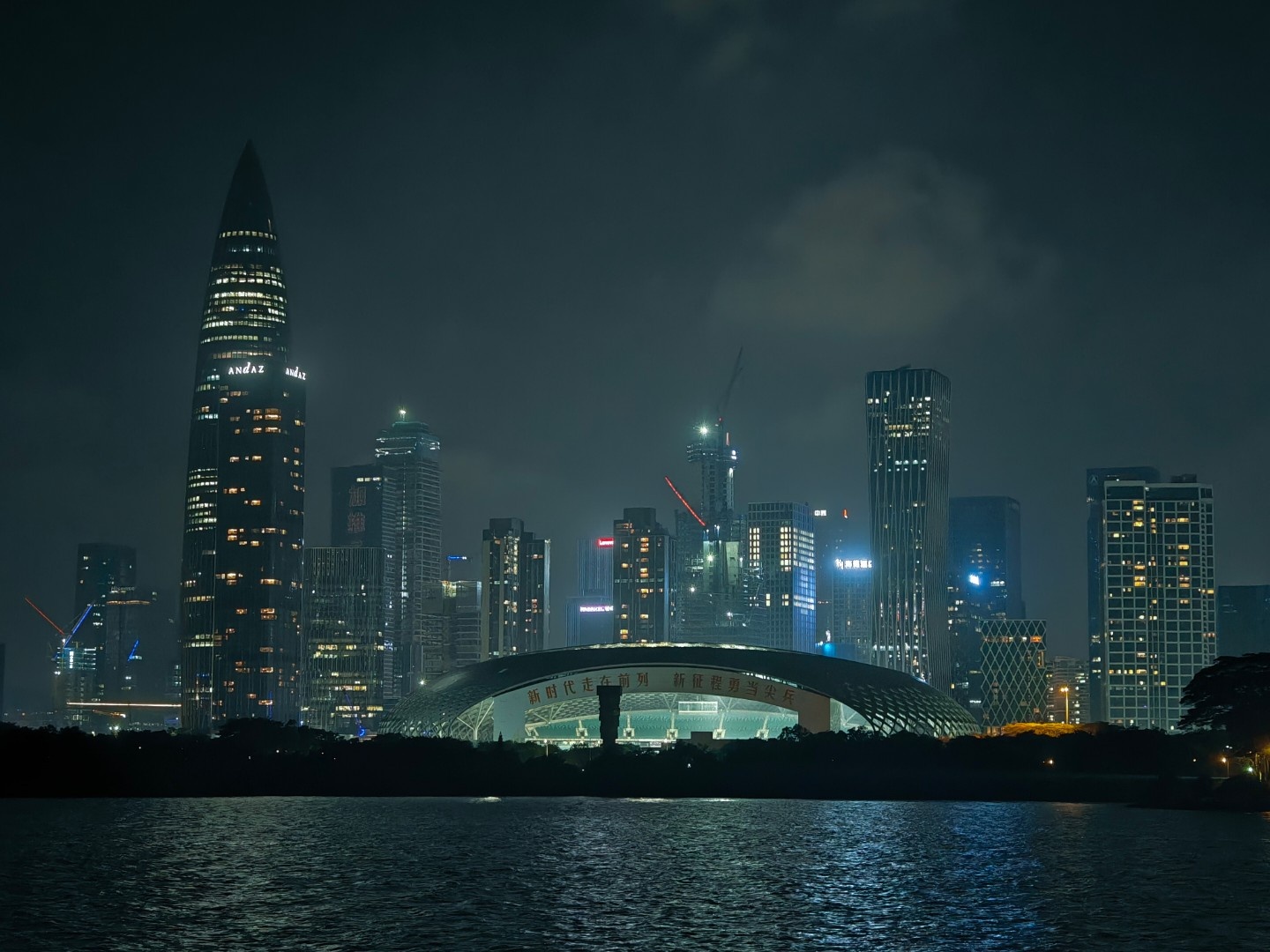China, with its vast territory and millennia of history, has become one of the world’s most captivating tourist destinations. As the tourism industry in China continues to evolve and expand, it offers visitors an unparalleled blend of ancient wonders and modern marvels. This comprehensive guide explores the current trends, key attractions, and essential facts shaping China’s tourism landscape.
Rich Tourist Resources
Historical and Cultural Sites
China’s 5,000-year history has bestowed upon it a wealth of historical and cultural treasures. Here are some of the most significant sites:
Beijing: The political and cultural heart of China
- The Great Wall: A UNESCO World Heritage site stretching over 13,000 miles
- The Forbidden City: Imperial palace complex with 9,999 rooms
- Summer Palace: Vast ensemble of lakes, gardens, and palaces
- Temple of Heaven: Ancient complex of religious buildings
- Tiananmen Square: The world’s largest public square
Xi’an: The cradle of Chinese civilization
- Terracotta Army: Over 8,000 life-sized clay warriors guarding Emperor Qin Shi Huang’s tomb
- Big Wild Goose Pagoda: Ancient Buddhist pagoda housing sutras and figurines
- Shaanxi History Museum: Showcasing the province’s rich cultural heritage
- Ancient City Wall: One of the oldest and best-preserved city walls in China
Nanjing: A city steeped in revolutionary history
- Ming Xiaoling Mausoleum: Tomb of the Hongwu Emperor, founder of the Ming Dynasty
- Dr. Sun Yat-sen’s Mausoleum: Resting place of the “Father of Modern China”
- Presidential Palace: Political center during a crucial period of Chinese history
- Confucius Temple: Important center for Confucian study
Luoyang: Ancient capital of multiple dynasties
- Longmen Grottoes: Over 100,000 Buddhist statues carved into limestone cliffs
- White Horse Temple: Considered the cradle of Chinese Buddhism
- Luoyang Ancient Tombs Museum: Showcasing 3,000 years of burial customs
- Guanlin Temple: Dedicated to Guan Yu, a famous general from the Three Kingdoms period
Natural Wonders
China’s diverse geography offers a stunning array of natural landscapes:
Guilin: Renowned for its karst topography
- Li River: Winding river flanked by dramatic limestone peaks
- Longsheng Rice Terraces: Spectacular terraced fields built into steep mountainsides
- Reed Flute Cave: Limestone cave filled with extraordinary rock formations
- Elephant Trunk Hill: Iconic landmark resembling an elephant drinking from the river
Zhangjiajie: Inspiration for the floating mountains in the movie “Avatar”
- Zhangjiajie National Forest Park: Home to towering sandstone pillars
- Tianmen Mountain: Features the world’s longest cable car ride and a cliff-hanging walkway
- Glass Bridge: World’s longest and highest glass-bottomed bridge
- Baofeng Lake: Pristine lake surrounded by lush forests
Yellow Mountains (Huangshan): Legendary peaks shrouded in mist
- Peculiar Pine Trees: Ancient, gnarled trees growing from rocky crevices
- Sea of Clouds: Ethereal mist enveloping the peaks
- Hot Springs: Natural hot springs at the foot of the mountains
- West Sea Grand Canyon: Deep canyon offering breathtaking views
Jiuzhaigou: A natural wonderland in Sichuan Province
- Multi-colored Lakes: Crystal-clear lakes in various hues
- Waterfalls: Numerous cascades, including the famous Nuorilang Waterfall
- Pristine Forests: Home to diverse flora and fauna, including giant pandas
- Tibetan Villages: Traditional settlements offering cultural experiences
Cultural Experiences
Immerse yourself in China’s diverse cultures:
Guizhou: Home to many ethnic minority groups
- Miao New Year Festival: Colorful celebration with traditional costumes and performances
- Matang Gejia Village: Known for its batik craftsmanship
- Shiqiao Miao Village: Famous for traditional papermaking techniques
- Lusheng Festival: Musical celebration featuring the Lusheng, a traditional reed pipe instrument
Tibet: The roof of the world
- Potala Palace: Former residence of the Dalai Lama
- Jokhang Temple: Spiritual heart of Tibet
- Yamdrok Lake: One of Tibet’s three sacred lakes
- Sera Monastery: Known for its “debating monks”
Kashgar: Uyghur cultural center in Xinjiang
- Old City: Labyrinth of mud-brick houses and narrow alleyways
- Id Kah Mosque: Largest mosque in China
- Sunday Bazaar: Bustling market attracting thousands of people
- Abakh Khoja Tomb: Important Muslim shrine and architectural marvel
Improved Tourism Environment
China has made significant strides in enhancing its tourism infrastructure:
Transportation
- Extensive network of modern airports connecting major cities
- High-speed rail system covering over 35,000 km, the world’s largest
- Well-maintained expressways linking cities and tourist destinations
- Efficient public transportation in urban areas, including subways and bus systems
Accommodations
- Wide range of hotels, from international luxury chains to budget-friendly options
- Increasing number of boutique hotels and eco-lodges in scenic areas
- Traditional guesthouses offering authentic cultural experiences
- Growing popularity of homestays, especially in rural areas
Attractions Management
- 259 5A-rated scenic spots (highest rating) with excellent facilities
- Improved visitor centers with multilingual services
- Implementation of smart tourism technologies, including virtual guides and AR experiences
- Enhanced accessibility features for disabled visitors
Visa Policies
- 72-hour and 144-hour visa-free transit for eligible nationalities (144-hour-Visa-Free Transit policies for Foreign Nationals – A Complete Guide)
- Visa-free policies for cruise ship passengers in certain ports
- E-visa options for some nationalities
- Visa-free access to Hainan province for tourists from 59 countries
Safety and Convenience
- Generally low crime rates in tourist areas
- Increased presence of English-speaking staff in major tourist destinations
- Widespread acceptance of mobile payments (WeChat Pay, Alipay)
- Improved signage in English and other foreign languages
Tourism Growth and Trends
China’s tourism industry has experienced remarkable growth:
- Rise of “red tourism” (visiting sites of historical significance to the Communist Party)
- Increased interest in rural and eco-tourism
- Growing popularity of winter sports tourism, especially ahead of the 2022 Winter Olympics
- Surge in cultural and creative tourism, including museums and art districts
Popular Destinations
While traditional hotspots remain popular, new destinations are emerging:
- Traditional favorites:
- Beijing, Shanghai, Xi’an, Guilin, Chengdu
- Yangtze River cruises
- Hong Kong and Macau
- Emerging destinations:
- Yunnan Province: Lijiang, Dali, Shangri-La
- Sichuan Province: Jiuzhaigou, Leshan Giant Buddha
- Zhangjiajie in Hunan Province
- Harbin for its Ice and Snow Festival
- Hainan Island for tropical beach holidays
Best Times to Visit
China’s vast territory means that optimal travel times can vary by region:
- Spring (April-May) and Autumn (September-October): Ideal for most destinations, with mild temperatures and less rainfall
- Summer (June-August): Good for northern regions and high-altitude areas, but hot and humid in the south
- Winter (December-February): Best for winter sports in the northeast and visiting hot springs, but cold in most regions
- Special considerations:
- Avoid national holidays like Chinese New Year (Jan/Feb) and National Day (October 1-7) due to crowds
- Consider regional festivals, such as the Harbin Ice Festival (Jan-Feb) or the Dragon Boat Festival (June)
Challenges and Future Outlook
Despite its growth, China’s tourism industry faces some challenges:
- Language barrier in less-developed tourist areas
- Air pollution in some major cities
- Internet restrictions (VPN may be needed for accessing certain websites)
- Overcrowding at popular sites during peak seasons
However, the future of China’s tourism industry looks bright:
- Continued investment in infrastructure and service quality
- Efforts to promote lesser-known destinations to disperse tourist crowds
- Focus on sustainable and responsible tourism practices
- Integration of technology to enhance tourist experiences
China’s rich tapestry of history, culture, and natural beauty continues to captivate travelers from around the world. As the country further develops its tourism industry and opens up to international visitors, it is poised to remain one of the world’s most fascinating and diverse travel destinations for years to come.
FAQs
Q: What are some emerging tourist destinations in China beyond the traditional hotspots?
A: Emerging destinations include Yunnan (Lijiang, Dali, Shangri-La), Zhangjiajie in Hunan, Harbin (Ice Festival), and Hainan Island (tropical beaches). These offer unique experiences and are often less crowded than famous sites.
How has China improved its tourism infrastructure recently?
A: China has invested heavily in high-speed rail, airports, highways, and upgraded tourist facilities. Many attractions now have 5A ratings with excellent visitor centers and multilingual services. Visa policies have been relaxed, and safety measures improved.
Q: What unique cultural experiences can I have in China?
A: Options include the Miao New Year Festival in Guizhou, monk debates in Tibet, Kashgar’s Sunday Bazaar, and learning traditional crafts. Many regions offer homestays or village visits for immersive cultural experiences.
Q: When is the best time to visit China, and what times should I avoid?
A: Spring (April-May) and autumn (September-October) are best for most regions. Avoid major holidays like Chinese New Year (Jan/Feb) and National Day (Oct 1-7) due to crowds. Consider regional festivals for unique experiences.
Q: What challenges might I face when traveling in China, and how can I prepare?
A: Main challenges include language barriers, internet restrictions, air pollution in some cities, and crowded attractions. Learn basic Mandarin phrases, prepare a VPN, book tickets in advance, and consider off-peak travel.
Refer:

